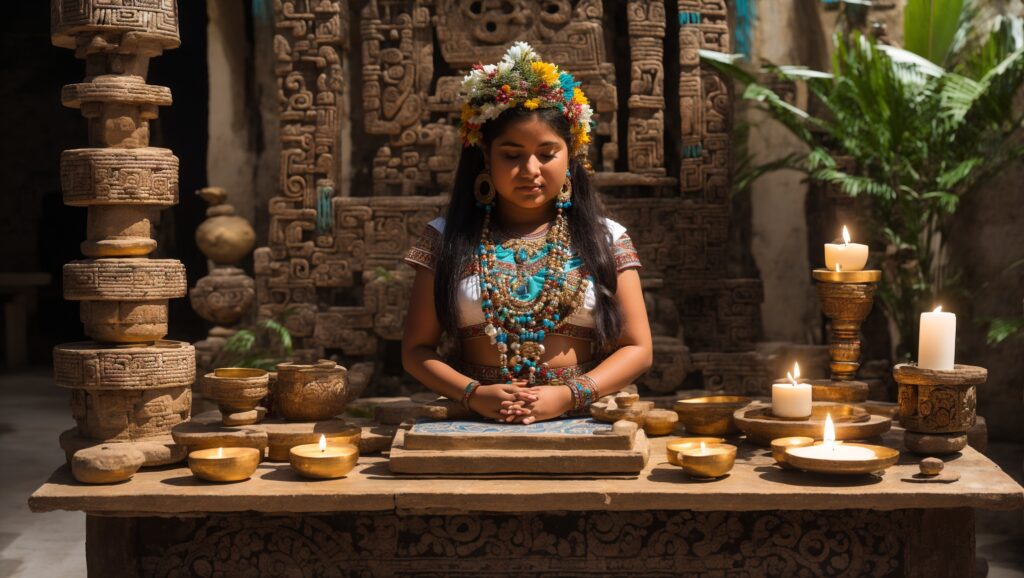
For many, the Yucatán Peninsula embodies a realm where mystery and reality intertwine, where the physical and the metaphysical converge. It’s a place where ancient beliefs, myths, and legends coexist with contemporary scientific inquiries, leaving visitors intrigued and pondering the material and spiritual essence of our world and universe.
One of the most captivating mysteries of the Yucatán Peninsula lies in its geological formation. Scientists theorize that it was shaped by the impact of a massive meteorite around 65 million years ago, an event believed to have caused the extinction of numerous species, including dinosaurs. The Chicxulub crater, located in the northern part of the peninsula, stands as a testament to this ancient cataclysm.
But beyond the physical origins, the human story of the Yucatán is equally fascinating. Recent genetic studies have shed light on the ancient migrations that populated the Americas, challenging the notion of a single wave of migration from Asia. Instead, evidence suggests multiple migratory waves spanning over 15,000 years, shaping the diverse tapestry of indigenous cultures across the continent.
Among these cultures, the Maya civilization stands out, flourishing in the heart of Mesoamerica. From the dense jungles of the Yucatán to the highlands of Guatemala, their legacy endures in magnificent ruins and intricate glyphs that speak of a sophisticated society deeply connected to the rhythms of the cosmos.
One of the most striking legacies of Asia in Mesoamerica is the presence of pyramids, reminiscent of those found in ancient Egypt and Sudan. These monumental structures serve as both religious monuments and celestial observatories, attesting to the universal human quest for transcendence and understanding.
In the Yucatán Peninsula, pyramids like those at Ek Balam bear witness to this ancient legacy, with their stuccoed facades adorned with figures reminiscent of Asian deities. It’s a testament to the interconnectedness of human cultures across vast distances and millennia.
Furthermore, the parallels between Asian and Mesoamerican languages offer tantalizing clues to ancient migratory patterns. Names and expressions in languages like Maya Yucateco echo the phonetic cadence of Asian tongues, hinting at centuries-old connections forged through trade, migration, and cultural exchange.
The story of the Yucatán Peninsula is not just one of ancient mysteries but also of modern diversity. Waves of migration from Asia, Europe, and Africa have left their imprint on the region, enriching its cultural tapestry and fostering a vibrant sense of community.
Today, as you contemplate a move to the Yucatán Peninsula, you’re not just embarking on a physical journey but a journey of discovery—a chance to explore the mysteries of the past while embracing the realities of the present.
Whether you’re drawn to its ancient ruins, its vibrant culture, or its stunning natural beauty, the Yucatán offers a unique blend of history, spirituality, and adventure waiting to be explored.
Comments are closed